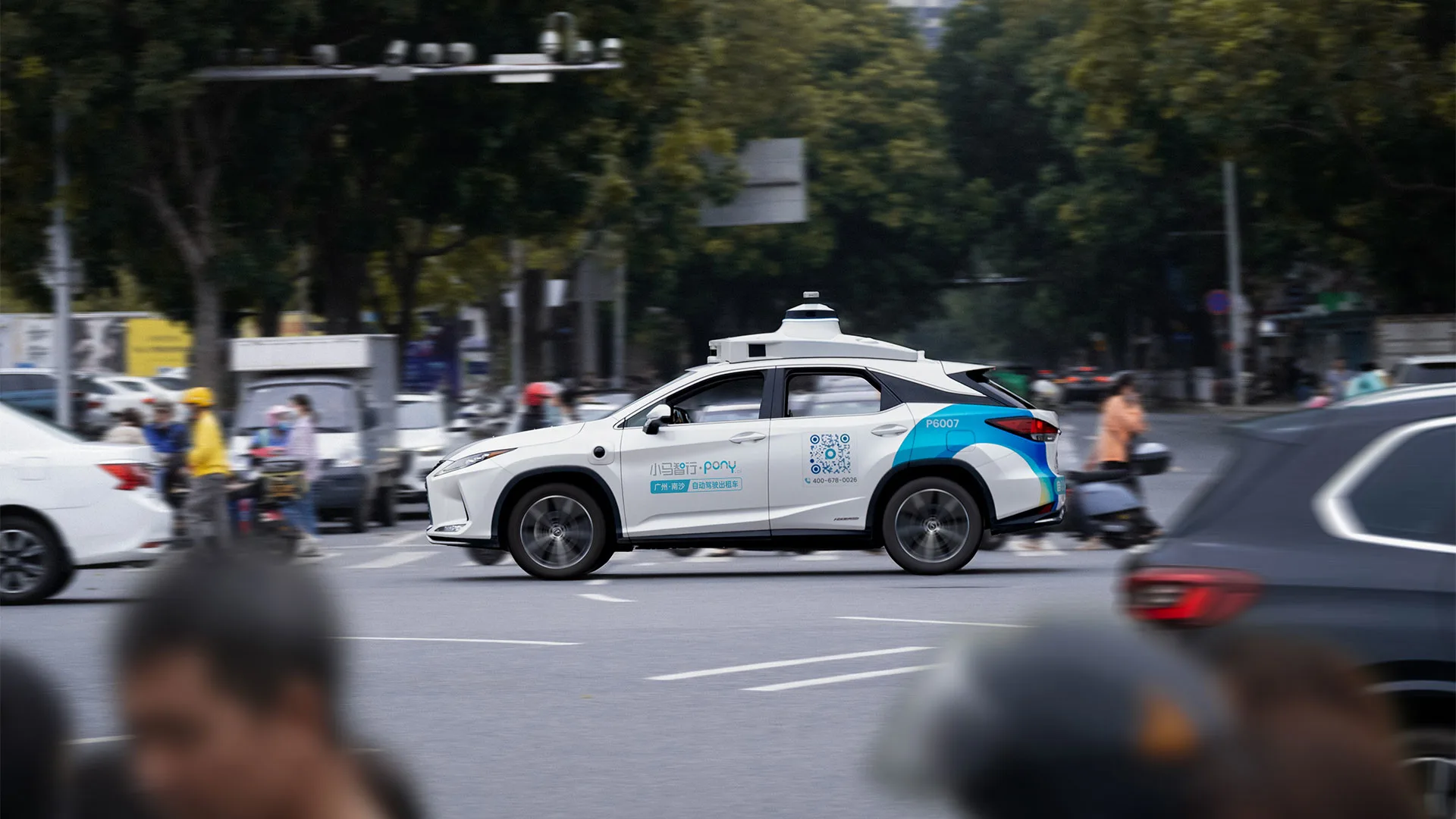Robotaxi startup Pony.ai is setting its sights on a major expansion in China, targeting the deployment of 1,000 driverless taxis by 2025. CEO James Peng has revealed plans to lower production costs significantly while expanding service areas in key cities like Beijing, Guangzhou, Shanghai, and Shenzhen.
“Technological advances will allow us to reduce production costs by several times,” Peng said, emphasizing the potential for wider adoption of driverless services as first-tier cities begin to embrace the technology. This expansion could enable the company to achieve profitability for its robotaxi operations as early as next year.
However, skepticism persists among investors about the commercial viability of the robotaxi industry. Pony.ai, which recently went public on Nasdaq, experienced an 8% drop in share value on its debut, reflecting concerns about high competition, regulatory uncertainty, and the substantial costs tied to research and development.
The company’s IPO valued it at $5.25 billion, a steep decline from the $8.5 billion valuation it commanded two years ago. Similar challenges have affected other players in the sector, including Chinese peers WeRide and Horizon Robotics, both of which saw valuation drops in recent funding rounds.
Pony.ai currently derives the bulk of its revenue—about $27.4 million out of $39.5 million in the first nine months of 2024—from driverless trucking services. However, Peng expects the balance to shift as the company partners with state-owned automakers to mass-produce thousands of robotaxis annually. The production cost per vehicle could drop to less than RMB 300,000 ($41,000), down from the current RMB 500,000.
Despite these ambitions, Pony.ai faces stiff competition from both established and emerging players in the autonomous driving space. Analysts like Tu Le, founder of Sino Auto Insights, have praised Pony.ai's technology but questioned its ability to differentiate itself in a crowded market.
Regulatory challenges add another layer of complexity. While major cities are warming up to autonomous vehicles, smaller cities remain cautious. Peng noted that the company would prioritize regions with strong government support, avoiding markets that lack clear regulatory frameworks for self-driving technology.
Chief Technology Officer Lou Tiancheng stated that Pony.ai aims to attract premium customers willing to pay for a high-quality experience. “Your first two orders may be cheap,” Lou explained, “but it will not be the case for future orders.”
Despite the hurdles, Peng remains optimistic about the company’s position in the market, describing the competition as limited. He also expressed confidence that Pony.ai is well-positioned to compete with global players like Tesla, which he believes faces significant regulatory challenges in China.
“It is better to have competition,” Peng said, suggesting that a diversified market could drive innovation. With its ambitious growth strategy, Pony.ai aims to play a leading role in shaping the future of autonomous transportation in China.
FT
Read More






 Saturday, 06-12-25
Saturday, 06-12-25







